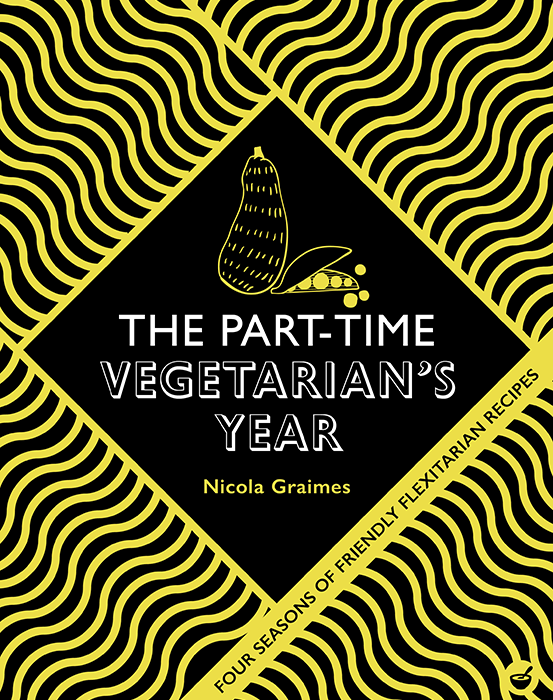
The Part-Time Vegetarian’s Year
If my house is anything to go by, when it comes to mealtimes tastes and preferences can vary. So, a household, whether it be a family or a group of friends living together, may comprise a vegetarian and/or vegan, a meat-eater and/or a pescatarian. I’ve found the answer is flexible meals that don’t rely on meat substitutes, that can be readily adapted but with the minimum of time, fuss or effort. The beauty of a flexitarian or ‘casual vegetarian’ diet is that it is flexible and varied and my new book shows how. Here are a handful of simple tips that I find helpful:
1 The beauty of a flexitarian diet is that it is flexible and there are no hard and fast rules, making it accessible to everyone. The goal is to eat more nutritious, minimally processed vegetables, plant proteins and wholegrains and cut back on animal products.
2 Make vegetables centre stage of every meal, rather than a side. If stuck for ideas, check out new recipes and try to eat a variety of vegetables of varying colours to get a good range of nutrients. When preparing vegetables, experiment with different cooking methods: steamed, roasted, chargrilled or raw.
3 Plan ahead… jot down or keep a mental list of meals for the week ahead to ensure that you eat a good mix of plant-based meals and keep meat-based ones to healthy levels. The general consensus is red meat is reduced to once or twice a week and a serving is around 150g per person.
4 Reduce or swap animal proteins for plant proteins. For instance, Lentils or beans can be added (or replace) meat in a shepherd’s pie, curry or stew, reducing fat levels and increasing the fibre content.
5 When eating meat (and poultry), eat less, better quality and ethically reared – preferably grass-fed, organic and unprocessed. The same goes for fish – look for the blue MSC label, which certifies good fishing practices and that the fish has come from sustainable stocks.



